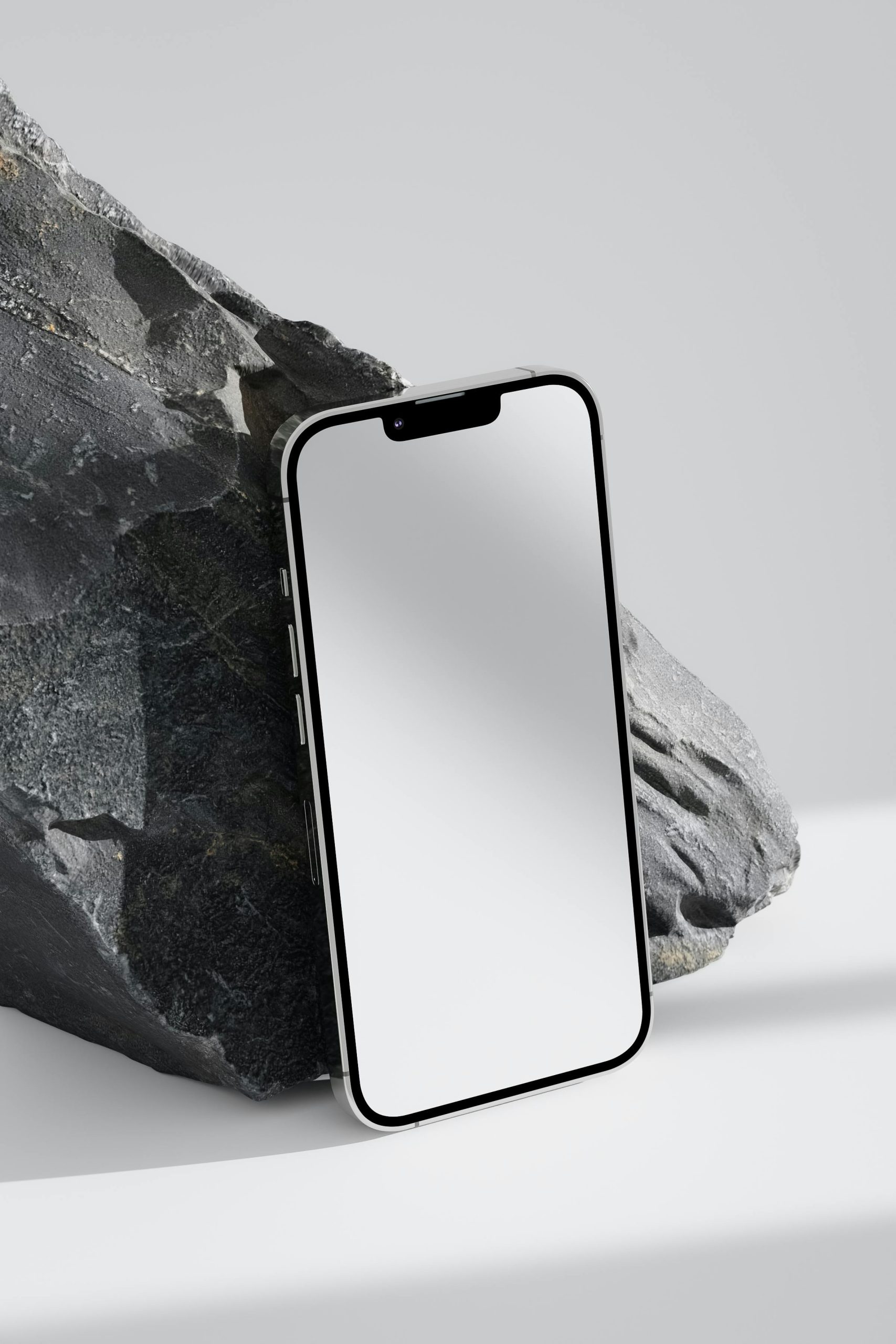Smartphones have dominated the tech landscape for over a decade, but emerging innovations are poised to challenge their reign. As technology evolves, new devices and interfaces promise to deliver even greater convenience, immersion, and functionality. From augmented reality glasses to brain-computer interfaces, the future of personal tech is shifting beyond the confines of a handheld screen. Here’s a look at the groundbreaking technologies that could replace smartphones in the coming years.
1. Augmented Reality (AR) Glasses
Augmented reality glasses are one of the most promising candidates to replace smartphones. Unlike virtual reality (VR), which immerses users in a digital world, AR overlays digital information onto the real world. Companies like Meta, Apple, and Google are investing heavily in AR glasses, aiming to create lightweight, stylish wearables that integrate seamlessly into daily life.
Key Advantages:
- Hands-Free Interaction: Users can access notifications, maps, and apps without needing to hold a device.
- Enhanced Productivity: AR glasses can display real-time translations, navigation, and contextual information.
- Immersive Experiences: From gaming to virtual meetings, AR offers richer interactions than a flat screen.
While current models are still evolving, future iterations could make smartphones obsolete by offering all the same functions—and more—directly in the user’s field of vision.
2. Smart Contact Lenses
Imagine checking your messages or monitoring your health metrics just by blinking. Smart contact lenses are being developed to project digital information directly onto the eye, eliminating the need for external screens. Companies like Mojo Vision and Samsung are pioneering this space with lenses that integrate micro-displays and sensors.
Potential Benefits:
- Ultra-Portability: No need to carry a separate device—everything is embedded in a tiny lens.
- Health Monitoring: Continuous tracking of glucose levels, hydration, and other biometrics.
- Discreet Use: Unlike glasses, smart lenses are nearly invisible to others.
Though still in early stages, smart lenses could eventually replace smartphones by offering a truly seamless digital experience.
3. Neural Interfaces and Brain-Computer Chips
Brain-computer interfaces (BCIs) represent the cutting edge of human-machine interaction. Companies like Neuralink and Synchron are developing implants that allow users to control devices with their thoughts. While this technology is primarily aimed at medical applications, its potential for consumer tech is staggering.
How It Could Work:
- Thought-Based Commands: Send messages, browse the web, or play music using only your mind.
- Instant Information Access: Retrieve data without typing or speaking.
- Enhanced Cognitive Abilities: BCIs could augment memory, learning, and problem-solving.
Ethical and safety concerns remain, but if perfected, neural interfaces could render smartphones unnecessary by merging technology directly with human cognition.
4. Wearable AI Assistants
Voice assistants like Siri and Alexa are already integral to smartphones, but future AI could take the form of standalone wearable devices. Imagine a tiny, always-on AI companion that clips to your clothing or integrates into jewelry, handling calls, scheduling, and more without a screen.
Why It Could Replace Smartphones:
- Minimalist Design: No bulky screens—just a sleek, voice-activated assistant.
- Context-Aware AI: Advanced AI could anticipate needs and act proactively.
- Reduced Screen Time: Encourages more natural, voice-based interactions.
As AI becomes more sophisticated, these wearables could handle most smartphone functions while reducing digital distractions.
5. Flexible and Foldable Devices
While not a complete replacement, flexible and foldable devices represent a transitional step beyond traditional smartphones. Screens that roll, bend, or expand could offer new form factors that blend the portability of phones with the utility of tablets.
Future Possibilities:
- Wearable Screens: Rollable displays that wrap around the wrist like a bracelet.
- Multi-Use Devices: A single device that transforms from phone to tablet to laptop.
- Durability: Flexible materials could make devices more resistant to damage.
Though still evolving, these innovations could redefine what a “smartphone” looks like—or eliminate the category altogether.
Conclusion
The smartphone’s dominance may not last forever. With rapid advancements in AR, wearables, neural tech, and AI, the next generation of personal devices will likely be more integrated, intuitive, and immersive. While it’s hard to predict which technology will ultimately prevail, one thing is certain: the future of communication and computing is moving beyond the handheld screen. As these innovations mature, they could make smartphones a relic of the past—ushering in an era where technology is seamlessly woven into our lives in ways we can only begin to imagine.
